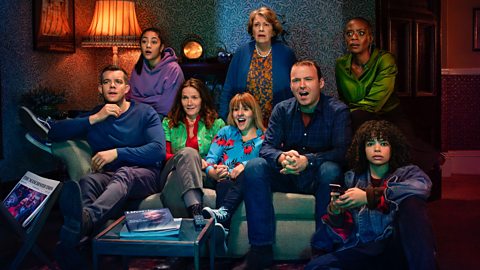Seeing how we might live in the future is one of the big attractions of science fiction movies.
And as time rolls on and the future of the movies becomes our present, we can see how well they did predicting the (then) future.Some are surprisingly accurate. But others, well, a bit less so. Here are four movies whose predictions about the future missed the mark.
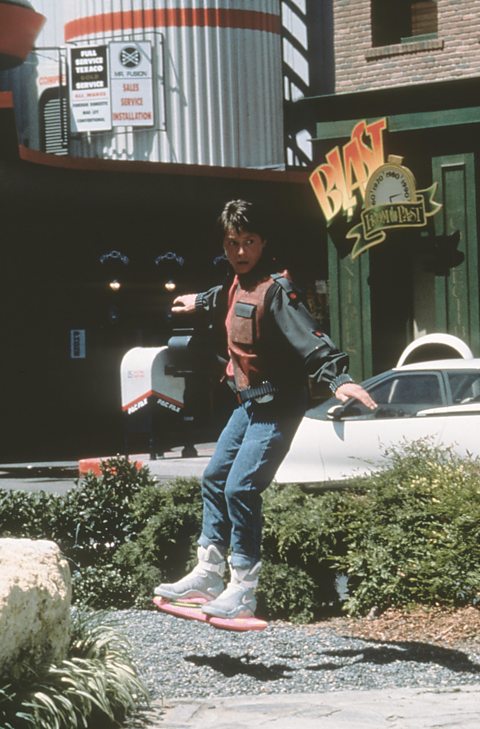
Back To The Future Part II (1989)
In Back To The Future Part II, teenager Marty McFly (Michael J. Fox) is rocketed from 1985 to the year 2015, which, as predicted by screenwriter Bob Gale, features robot-served petrol stations and automatic dog-walkers. It also boasts fax machines attached to post boxes ŌĆō perhaps a bit less practical than sending an email.
But the new technology that really left teens who saw the movie in 1989 jealous were the cool hoverboards. Essentially skateboards without wheels, they floated a few centimeters off the ground and featured heavily in the movieŌĆÖs chase scenes. And everybody wanted one.
Sadly, even now practical hoverboards are a distant dream. There have been some attempts to build a real one. But the designs have often been based on electromagnets, and only work on special metal surfaces.
So, for now, weŌĆÖll all have to make do with skateboards!


2001: A Space Odyssey (1968)
Legendary director Stanley Kubrick made his sci-fi classic 2001: A Space Odyssey in 1968. He worked closely with famous science fiction author Arthur C. Clarke in imagining a future that was then over 30 years away. Many of their predictions for what the world would be like were surprisingly accurate, including flat-screen displays, biometric identity checks, tablet computers, video-calling and computers that talk to us.
But there were some predictions which were much less on-target. In the movie Dr Heywood Floyd (played by William Sylvester) takes a trip from Earth to a giant rotating space station aboard a shuttle whose interior looks suspiciously like an aircraft cabin.
While there have been commercial space travellers ŌĆō the first was Dennis Tito who travelled to the ISS space station in 2001 ŌĆō the idea of casually taking a business trip into space aboard a shuttle with snacks served by bobble-hatted flight attendants is still futuristic, even today.
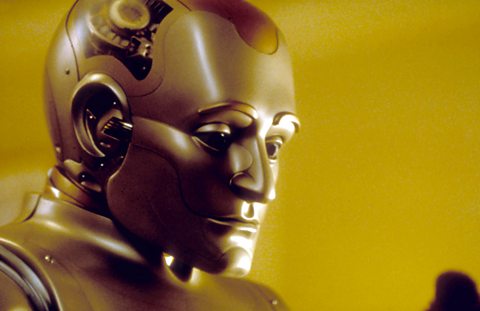
Bicentennial Man (1999)
This Robin Williams-starring science fiction drama is set in the year 2005. Williams plays Andrew, an ŌĆśNDR SeriesŌĆÖ domestic robot who becomes part of the lives of the Martin family. The family become more and more attached to their loveable new gadget.
AndrewŌĆÖs talents include playing chess, woodworking and playing the piano. And while we do now have robots that can accomplish these tasks, we donŌĆÖt (yet) have one that can do them all. More importantly, we havenŌĆÖt created a robot that is conscious in the way that Andrew is. For instance, he falls in love, and is finally recognised as a human being by the ŌĆśWorld CongressŌĆÖ.
Human-like, intelligent robots are a staple of many films, from Fritz LangŌĆÖs early science fiction masterpiece Metropolis (1927) to Ridley ScottŌĆÖs Blade Runner (1982).
But however attractive, or frightening, the idea of a robot thatŌĆÖs just like us is, itŌĆÖs still in the future.
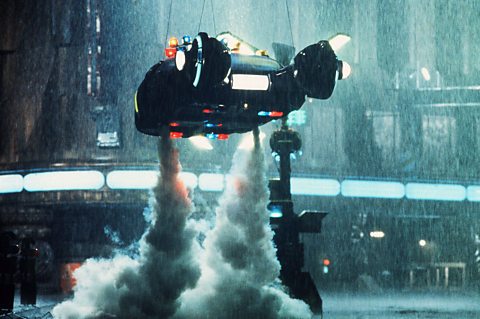
Blade Runner (1982)
Director Ridley ScottŌĆÖs science fiction film Blade Runner is set in the Los Angeles of 2019. In it Harrison Ford plays a detective sent to track down some robots (called ŌĆśreplicantsŌĆÖ in the film) who have gone rogue.
The Los Angeles that Scott imagined is often credited as one of the most richly detailed visions of the future ever put on film. And some of what he imagined is indeed a part of our world today. Voice-activated assistants, giant digital billboards and video-calling are all now science fact rather than fiction.
But one of Blade RunnerŌĆÖs most famous imagined technologies was its flying cars (called ŌĆśspinnersŌĆÖ in the film) which take off vertically in plumes of exhaust smoke.
In reality we donŌĆÖt have flying cars yet. But advances are being made. There are many prototypes in various stages of development, including one from a company called AirCar that made a 35-minute flight in 2021.
So, in the end, Blade Runner might be out by only a decade or so.
This article was published in April 2022.
Six movie quotes that are victims of the ŌĆśMandela EffectŌĆÖ
You may be surprised at how many famous lines from movies we get wrong!
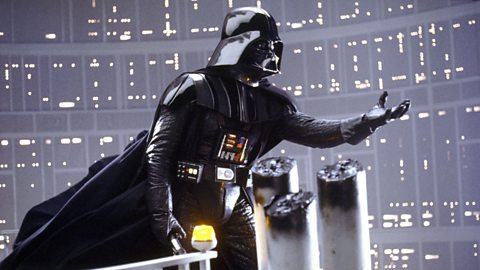
Six blockbuster films that got history wrong
From Bohemian Rhapsody to Titanic, movie-makers have been very creative with historical timelines.
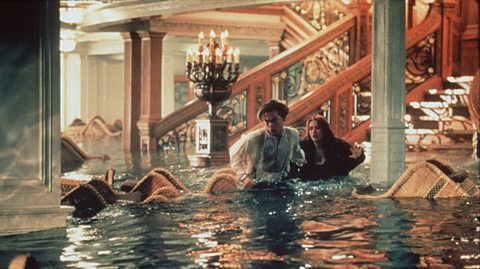
When film and TV got the future spot-on
The storytellers who predicted President Trump and the technology we have today.
